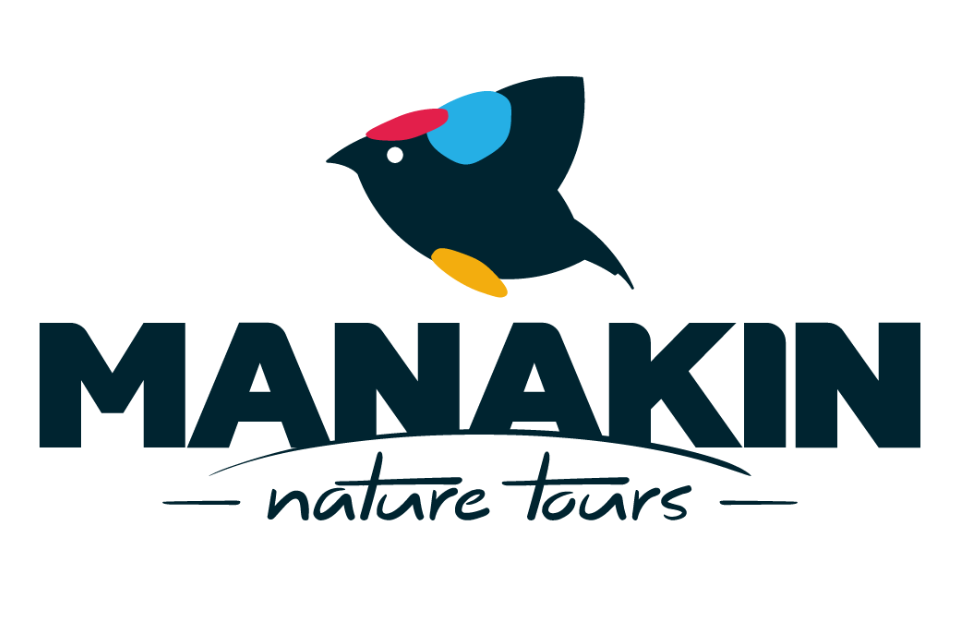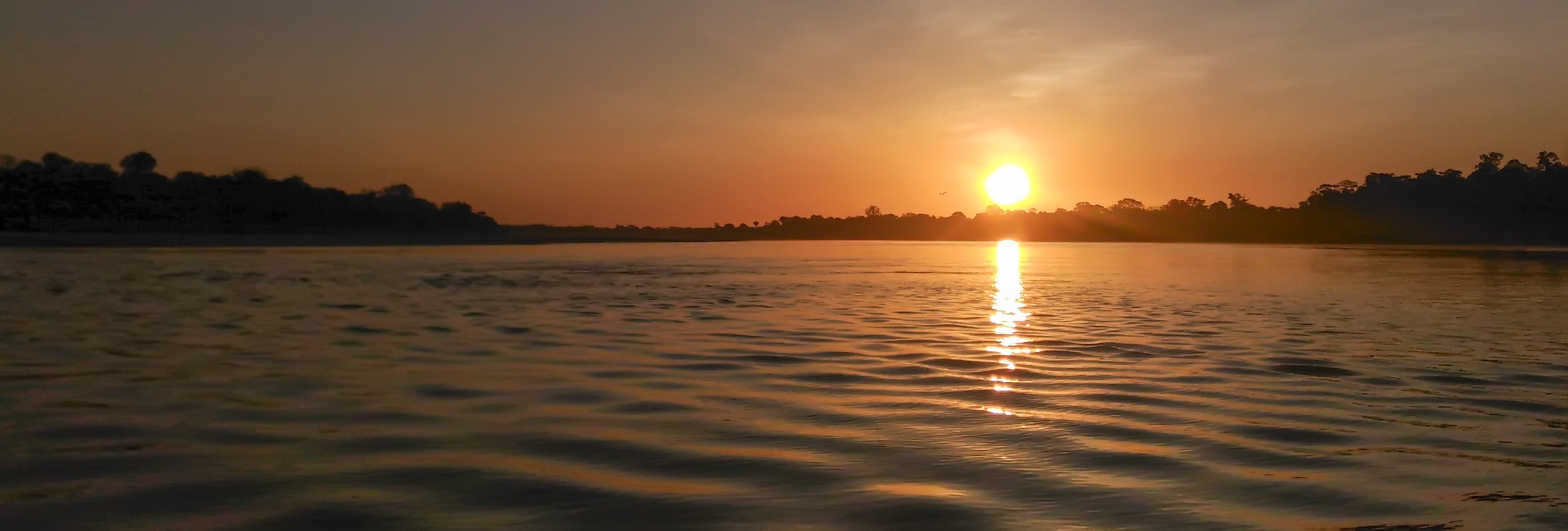COLOMBIA: LAND OF BEAUTY AND CULTURAL &
ENVIRONMENTAL DIVERSITY
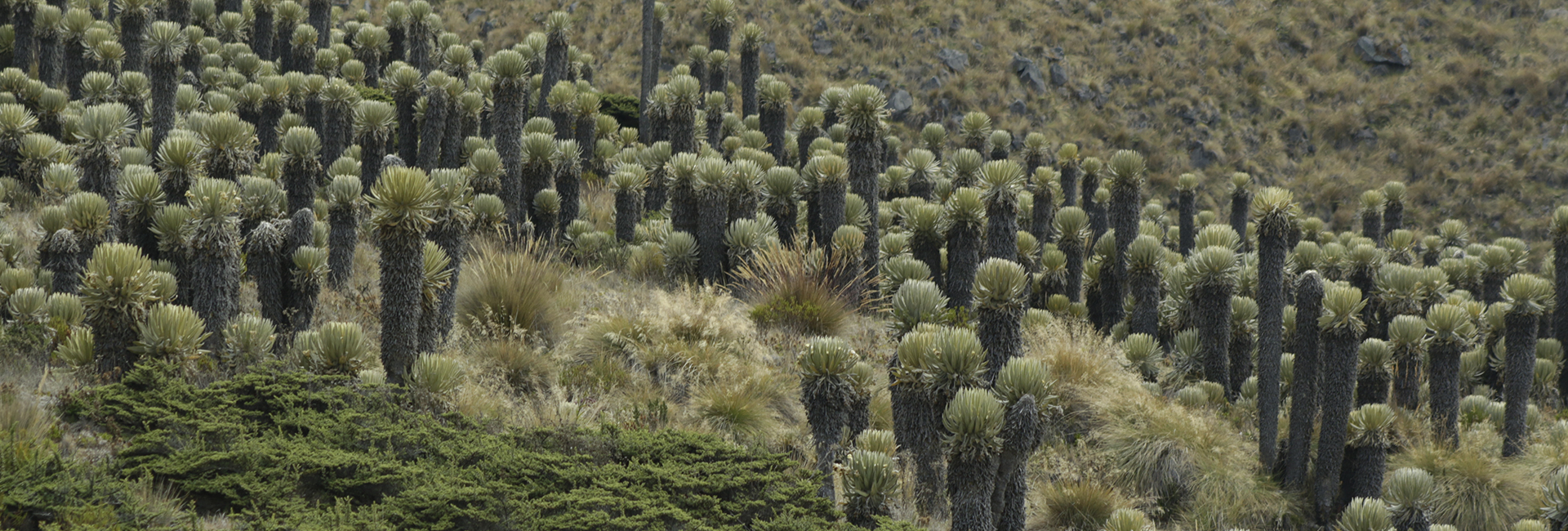
Located in the northwest of South America, it borders to the northwest with Panama, to the east with Venezuela and Brazil, and in the south with Ecuador and Peru. Its rich geography is characterized by its six main natural regions which each possess unique characteristics: The Andes Mountains, the Pacific Coast, the Caribbean Coast, the Plains, the Amazon Rainforest region, and the Insular region made up of islands in the Atlantic and Pacific Oceans. All this without mentioning some geographic complexities that evolve in an isolated manner throughout the country.
The Andes mountains are divided into three branches, known as “cordilleras” (mountain ranges). The Cordillera Occidental (Western Andes) which runs adjacent to the Pacific coast is the most recent of the three ranges and is the most diverse due to the influence of the Pacific Rainforest which dominates in low-lying areas. The Cordillera Central (Central Andes) has its origin in still-active, currently snow-capped volcanos and is flanked by the valleys of the Cauca river and the Magdalena river (to the west and east respectively). Along this Central range is where the heart of the country’s coffee producing region is located, highly productive due to the volcanic ash deposited over millions of years. The Cordillera Oriental (Eastern Andes) is the oldest and widest, extending to the northeast crossing into Venezuela in an isolated range known as Perijá. The highest peaks in the Andes exceed 5,000m (15,000 ft) above sea level and represent an access point for biodiversification. To the east of the Andes, the Savannah of the Plains, part of the Orinoco River basin (in the area of Orinoquia), is dominated by extensive savannahs and riparian forests which thread through the landscape in a dendritic manner, following the water currents.
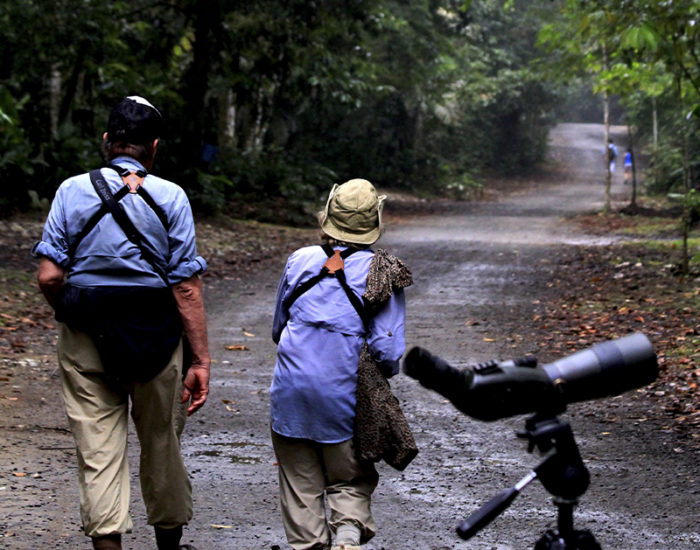
In the far southeast, the Amazon Rainforest can be found. Representing the most important continuous rainforest on the planet, a green blanket that extends for millions of hectares and provides home to incredible natural diversity. To the north, is the Caribbean Coast with its dry forests, but particularly the rising Sierra Nevada de Santa Marta, the most important area for endemism in Colombia being a neotropical endemism hotspot with the highest peaks in the country (Pico Cristóbal Colón and Pico Simón Bolivar – 18,000ft) and facing the Caribbean Sea. Finally, the lowlands of the Pacific coast, having as a backdrop the mountains of the Baudo mountain range, are scarcely populated and covered in dense vegetation, one of the areas with the highest rainfall in the world, this green blanket is dominated by tropical rainforest and is one of the most biodiverse regions of the country.
Colombia is home to at least 1950 species of birds (number one in the world – 80 endemic species) of which at least 197 species are migratory, 3274 species of butterflies (350 endemic species), 4270 species of orchids (number one in the world – 1467 endemic species), 492 species of mammals (34 endemic), 803 species of amphibians (second in the world – 367 endemic species), 537 species of reptiles (third in the world – 115 endemic species) 2,000 species of marine fish, and 1435 species of freshwater fish (number one in the world – 311 endemic species). These figures put Colombia on the radar of any observer of nature and converts it into a paradise for naturalists and wildlife photographers, not just because of the variety of landscapes, habitats, ecosystems and cultural, geographic and natural riches, but also because these incredible numbers speak for themselves and will envelop any person in an incredible experience.
The richness of Colombia is also represented by its cultural diversity: mixed-race, Afro-Americans, gypsies, farmers, European and Arab immigrants and indigenous tribes that live in the most isolated parts of the country, all live here converting it into multi-ethnic society. In the same sense, within Colombia there are 84 indigenous towns and 60 native languages still spoken. Over the years and as a result of this cultural and social history, important expressions can be found that range from the architectural to the artistic, many of which have been declared as World Heritage sites. These include the port, walls and monuments at Cartagena de Indias, the “Los Katios” National Natural Park (the connection between central and south America), the cultural landscape of the coffee region, and the snow-capped mountains of Santa Marta, among others.
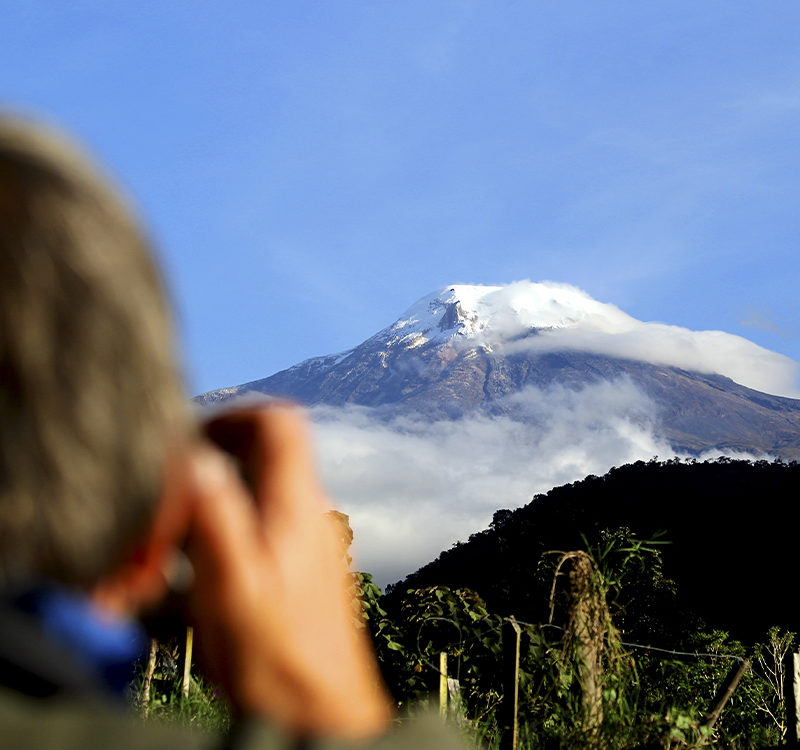
Similarly, Colombia presents many cultural shows that make up part of the intangible heritage declared by UNESCO as protected, including the “Fiesta de San Francisco de Asís” in Quibdó, the traditional knowledge of the Jaguar Shamen of Yuruparí, the marimba music and traditional songs of the Pacific region, the rules system of the indigenous Wayuu people applied by “pütchipü’üi” (indigenous law keepers), the Carnival of Blacks and Whites, the Easter Week processions in Popayán, the Barranquilla Carnival, and the cultural space at San Basilio de Palenque.
Colombia has positioned itself as the fourth largest economy in Latin America after Brazil, México and Argentina, and in world terms, it is placed in the largest 31 global economies. It is an emerging economy with a large development potential in activities such as the production of prime materials for export and the production of consumer goods for the internal market. Agriculture is a market of importance in which the production of coffee, bananas and floriculture is prevalent. The petroleum industry is placed at number 4 in Latin America and sixth across the entire American continent whilst mineral production is also found extracting coal, gold, emeralds, sapphires and diamonds.
THE PEACE PROCESS AND THE OPENING UP OF COLOMBIA
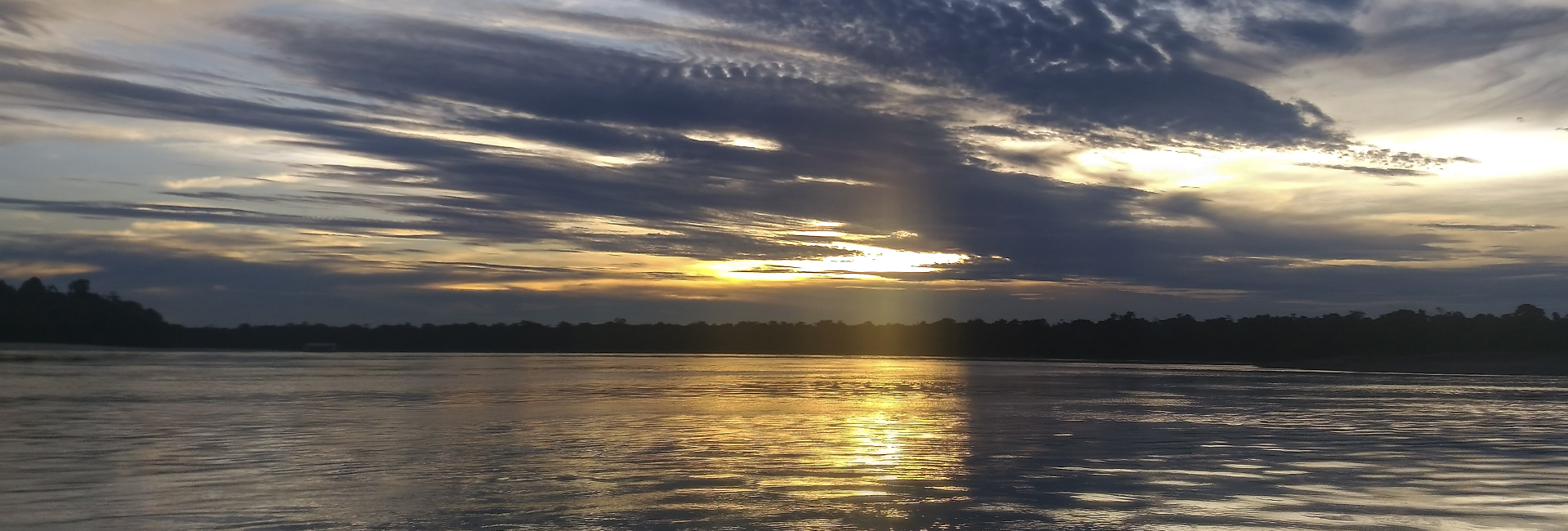
For decades Colombia was immersed in a delicate situation of confrontation due to the presence of armed rebel groups, however, for many years now governments have led campaigns and provided protection to the people throughout the country. This was the start of a gradual improvement and the return of most of the country to normal and finally led to the peace process handled by the previous government which, over 8 years, worked in an intense negotiation which resulted in the return to society of more than 7000 former fighters and the amnesty of their weapons in a peaceful manner.
While some groups still exist as remnants of those who came before them, any armed conflict occurs in distant and difficult to access zones of the country. The peace process has opened the doors of the country so that millions of people now visit us. New, spectacular destinations are now accessible safely and securely. Jungles and primeval forests may now be visited and the best part is that many of the rebels reintegrated into society and rural inhabitants who have been allowed to return to their lands have been trained through government-led projects and different NGOs to be guides and forest rangers, giving us the best local guides in field. Those who once hunted, now dedicate themselves to guide us, find wildlife and learn with us, which has been another call for Manakin Nature Tours to help and support local businesses.Additionally, this has given us eyes in all corners of the country. Our guides keep us informed about everything, not just the security situation meaning that should anything change we are made aware instantly giving us total confidence when visiting every destination with our clients, but also about changes in biodiversity in the areas where they work, another aspect we and our clients benefit from. Soon after the peace process, Colombia has targeted tourism and ecotourism as one of the principal tools of change and a source of income for newly-accessible areas, for the creation of more local reserves and the new vision of the Colombian people with regards to the conservation and protection of biodiversity as a prime material for the creation of work.
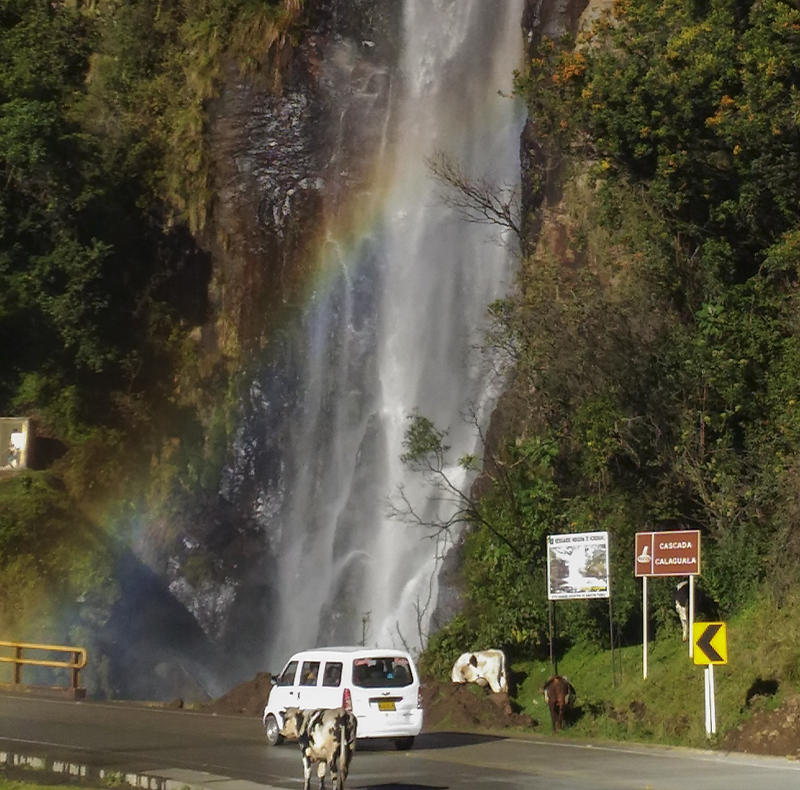
This not only gives us an enormous advantage putting us in the incredible situation of being one of the motors for change, but also means that the rural population (those most affected by the conflict) opened their doors and are more interested in maintaining our country at peace.

